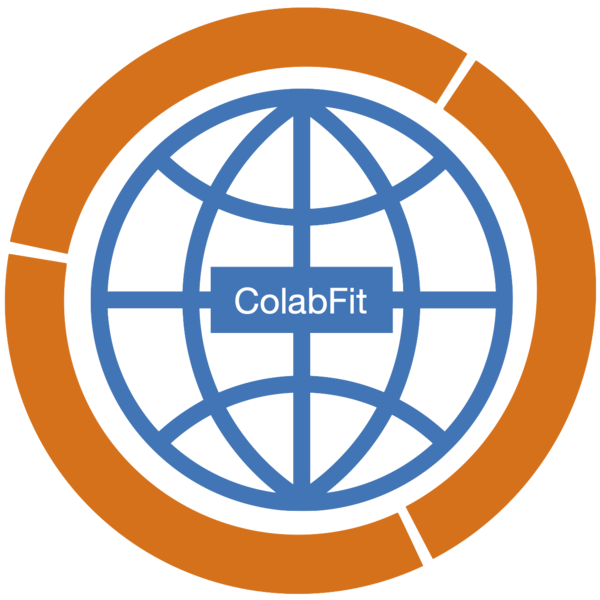Dataset
glass-ceramic_lithium_thiophosphate_electrolytes_
Species content of dataset
Dataset viewer powered by Hugging Face
No uploaded content is transferred in ownership from the original creators to ColabFit. All content is distributed under the license specified by its contributor who has stated that he or she has the authority to share it under the specified license.

